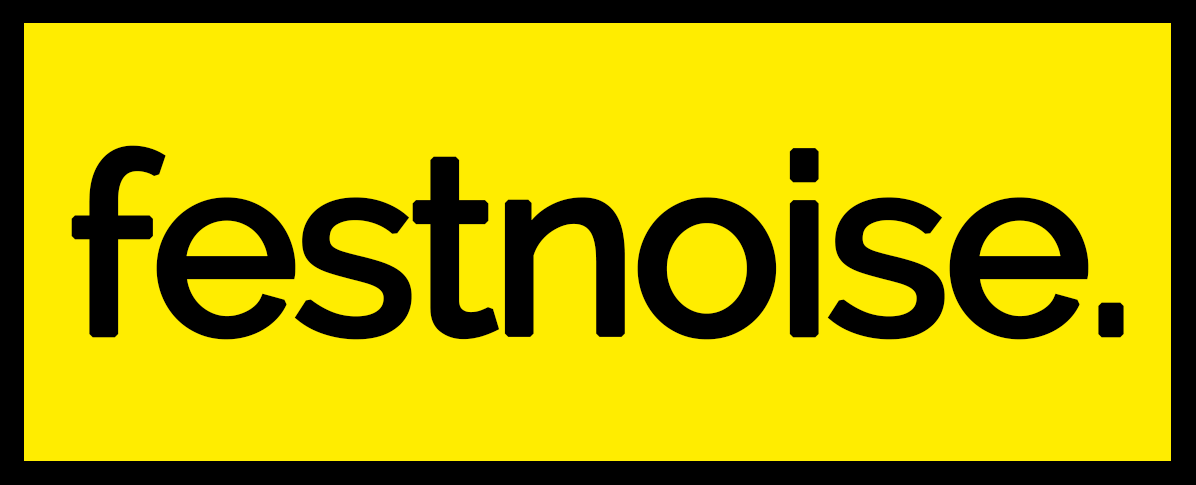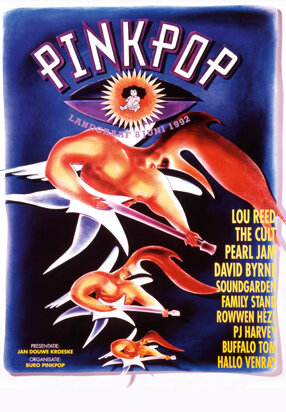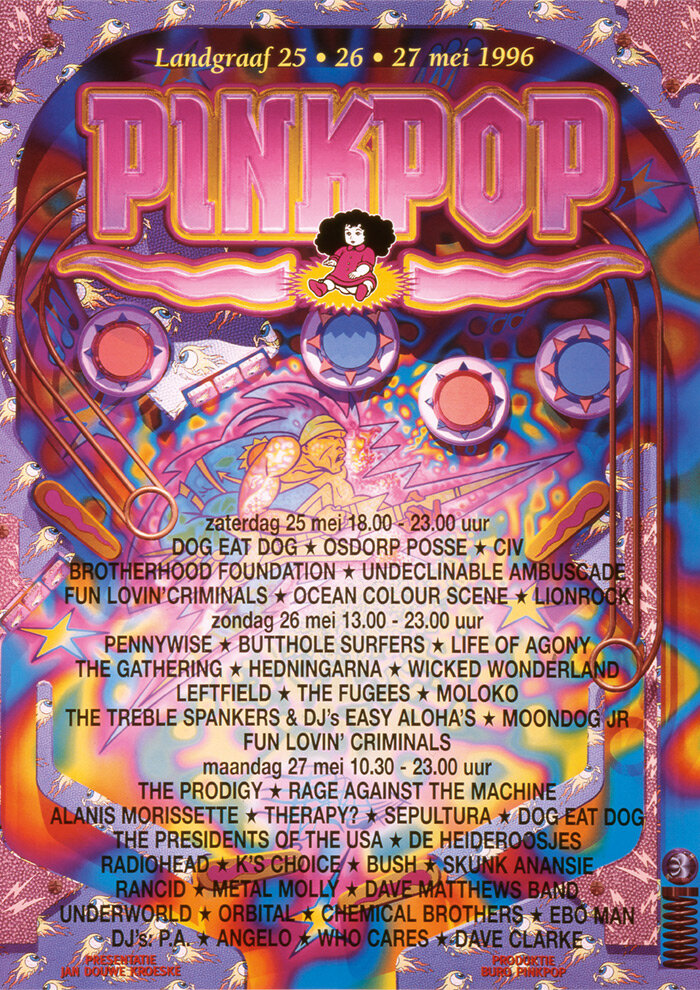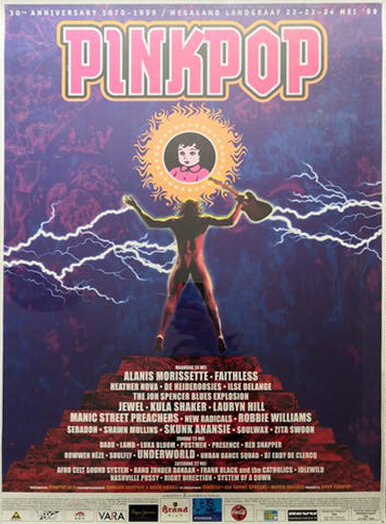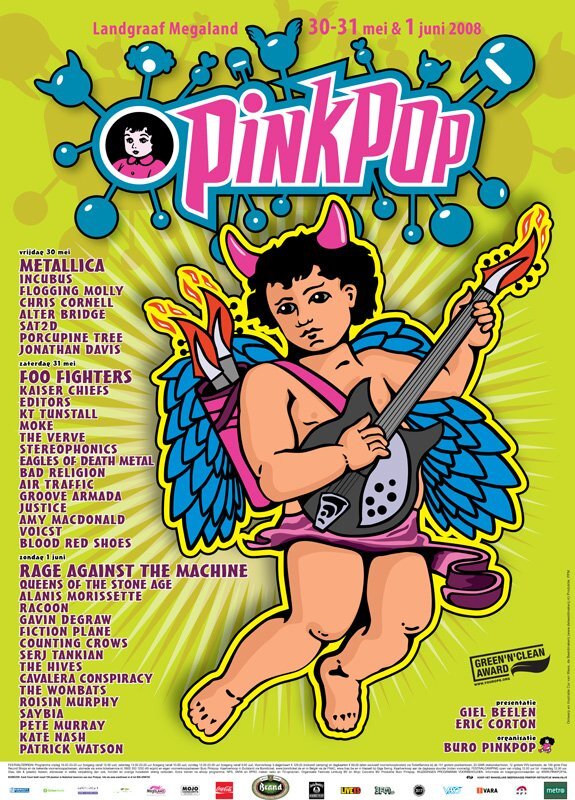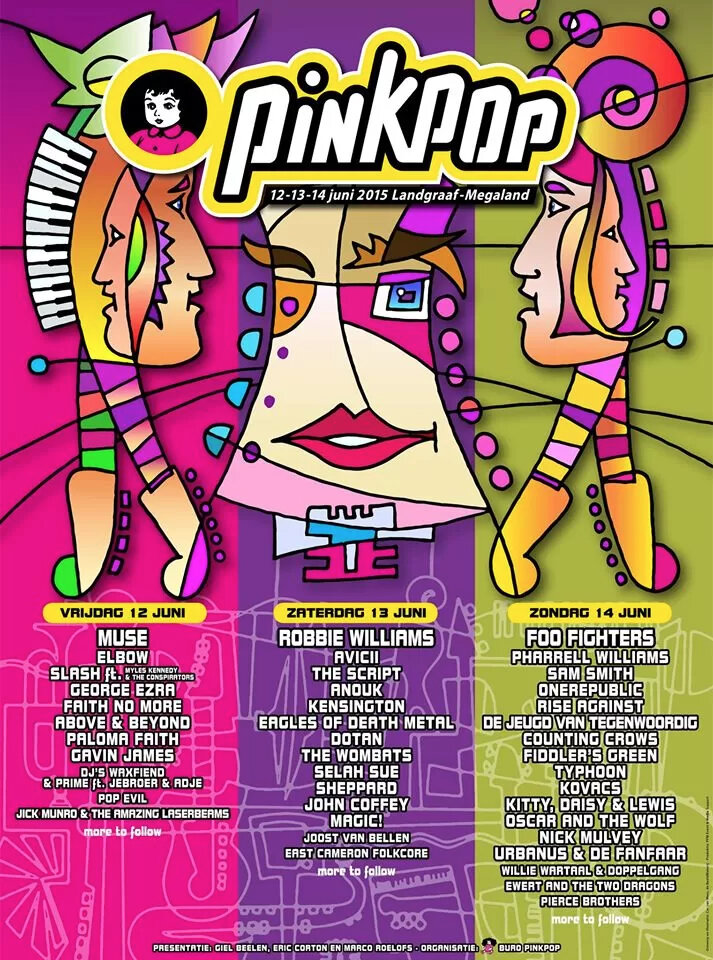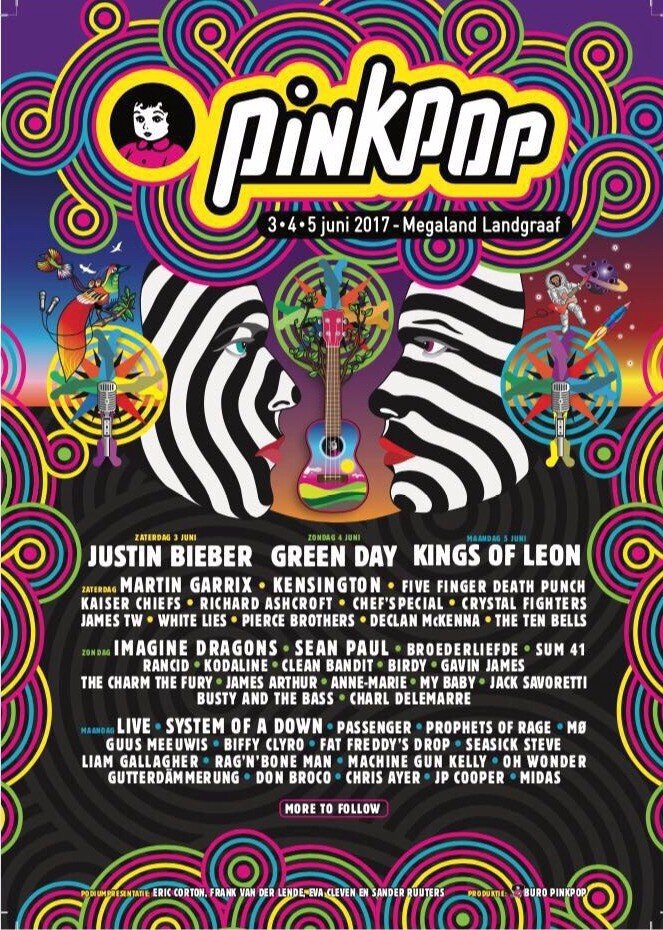History of Pinkpop festival
Founded by Jan Smeets and today located in the small town of Landgraaf (Netherlands), next to the German border, Pinkpop festival first took place in 1970 and in the Summer of 2019 the festival celebrated 50 uninterrupted editions, being today the oldest and longest running annual dedicated pop and rock music festival in the world. An impressive success!
The festival takes its name from the words “Pink” that comes from the Dutch word for Pentecost (Pinksteren) and the word “Pop”, that comes from Pop(ular) music. However, later on a creative interpretation for the name combines the English word pink and the Dutch word pop, which means doll, thus forming the origin for the logo, a doll in a pink dress.
Inspired by the Monterey festival from 1967, there was a precursor to Pinkpop that was held on Pentecost Monday in 1969, a festival called “Pinknick” where people were supposed to bring their own food and a number of hip local bands were persuaded to come and play unpaid. Almost 10,000 visitors were attracted (today´s festival has a 70,000 people per day capacity).
Continuing with that tradition, Pinkpop had been always held on the Pentecost weekend (Pinksteren in Dutch, hence the name) until 2008, when the festival was for the first time in its history not held on that weekend, which fell too early that year for the convenience of fans and performers alike. This was decided following the 2005 edition, in which the Pentecost weekend also fell early and therefore Pinkpop could not convince many great performers to come play at the festival. Sales were disappointing in 2005, so by shifting the 2008 festival, the organization hoped to solve these problems. Pinkpop 2008 turned out to have had the largest concert attendance to date. The dates for the 2010, 2013, 2015 and 2016 editions have been shifted as well, for similar reasons.
The first Pinkpop edition had a budget of almost 10,000 guilders (€ 4,537.80), with a ticket price of 2.50 guilders (slightly more than 1 euro!). Today, getting a three days pass including camping costs 230€. With an income only for tickets sales above 10M €, and the festival often paying millions to artists (€ 4M for The Rolling Stones in 2014, € 1.3M for Coldplay in 2011, up to € 1M for Justin Bieber in 2017) nowadays, the numbers are insane and gives us an idea of the colossal dimensions of major festivals.
As a curiosity, in 2007 the festival had a spin-off happening on August 11th, called Pinkpop Classic. A festival version for an older rock audience, with bands that previously performed at Pinkpop in past decades. This spin-off was held again in following years with the exception of 2011, in which the organization was not able to sign enough interesting older bands. The edition of 2014 was cancelled too and up until now no more editions have been held.
Another interesting fact! It's no surprise that bad weather is the nightmare of open-air festivals, especially those in northern Europe. Editions like the one of 2016, where Pinkpop turned into a mud pool due to rainfall, could eventually cost thousands of visitors and millions of euros of loss. Precisely for that reason, today´s retired Dutch politician Jet Bussemaker created the “Bad Weather Fund” for festivals. Thanks to that, festival organizations in danger of being caught in the red figures due to unforeseen weather conditions may be eligible for a subsidy, in which case they would have to pay back the money later when their financial position is sufficiently restored so other festivals can also use the money again.
After 50 uninterrupted editions, more than 900 unique artists and groups (you can check here all the artists who has ever performed in the festival) and almost 3 million unique visitors, the festival can proudly say that it was sold out 27 times.
Don´t miss the 51st edition of Pinkpop festival that will take place between June 19th and 21st. In the meantime check below all the 50 posters from the Pinkpop festival.
Learn more about Pinkpop festival by visiting its official website here.
